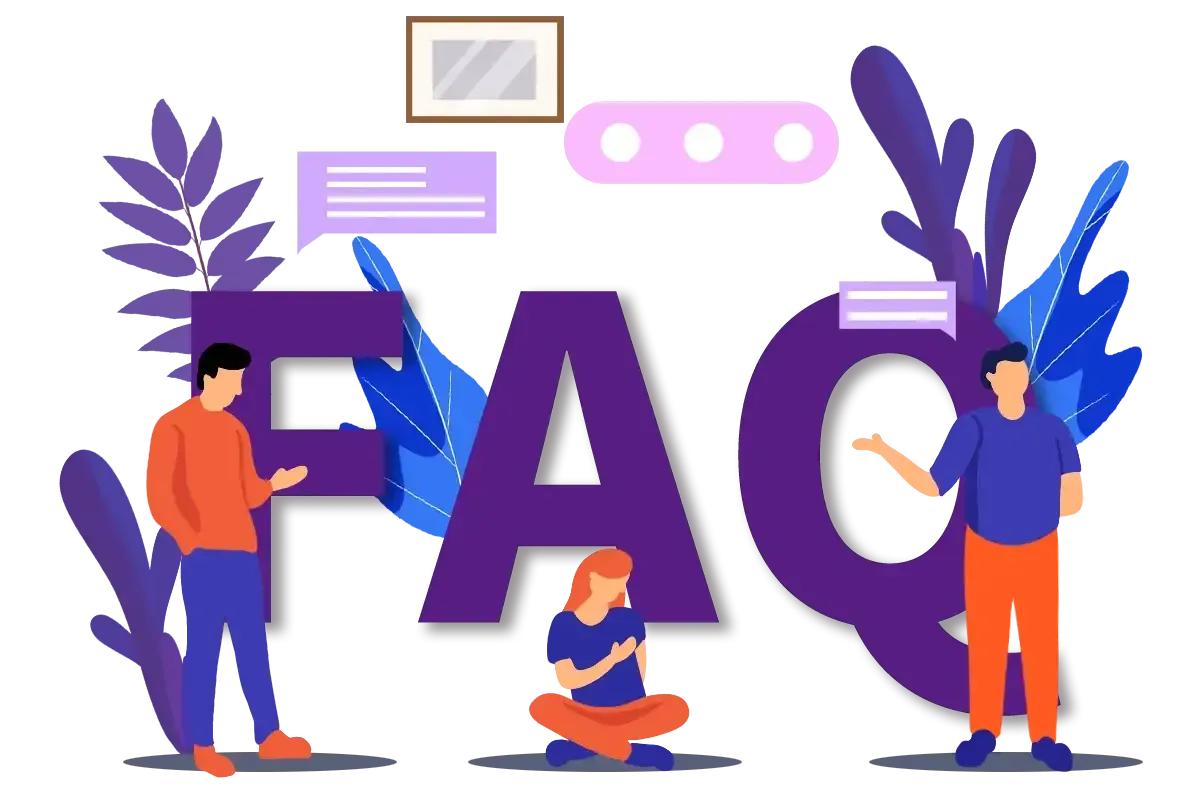Below are frequently asked questions that cover history, ecology, tourism, and conservation, providing a detailed overview of Ujung Kulon National Park.
Where is Ujung Kulon National Park located?
Ujung Kulon National Park lies at the southwestern tip of Java Island, within the province of Banten, Indonesia. It covers the Ujung Kulon Peninsula, the offshore islands of Peucang and Panaitan, as well as smaller islets. The park is bordered by the Sunda Strait to the west and the Indian Ocean to the south. Its location makes it a unique ecological treasure, with ecosystems ranging from lowland rainforest to coastal mangroves and coral reefs.
Why is Ujung Kulon National Park famous?
The park is internationally renowned for being the last natural habitat of the critically endangered Javan rhinoceros (Rhinoceros sondaicus), which is found nowhere else in the world. Apart from that, Ujung Kulon is famous for its pristine tropical forests, unspoiled beaches, and rich biodiversity. It was declared Indonesia’s first national park in 1980 and inscribed as a UNESCO World Heritage Site in 1991 due to its outstanding ecological value.
How large is Ujung Kulon National Park?
The park covers approximately 1,229 square kilometers (475 square miles). This includes about 443 km² of marine areas, coral reefs, and offshore islands, making it one of the largest protected areas in Java. The terrestrial part consists of lush lowland rainforests, grasslands, and wetlands.
What is the history of Ujung Kulon National Park?
Ujung Kulon’s history is shaped by both natural and human events. In 1883, the eruption of Krakatoa and the resulting tsunami devastated the region, wiping out settlements and leaving the land uninhabited for decades. This “reset” allowed the area’s forests and wildlife to recover naturally. By the early 20th century, Dutch colonial authorities had declared Ujung Kulon a protected reserve. In 1980, the Indonesian government established it as a national park, and in 1991, UNESCO recognized it as a World Heritage Site.
How do you reach Ujung Kulon National Park?
The park is accessible via the town of Labuan, about 3–4 hours by road from Jakarta. From Labuan, visitors typically continue to Tamanjaya Village, the park’s main entry point. Boats from Sumur or Tamanjaya transport visitors to Peucang Island and other destinations within the park. Travel logistics require advance planning since facilities are limited compared to more commercial tourist spots.
What is the best time to visit Ujung Kulon National Park?
The best time to visit is during the dry season (April to September), when trails are less muddy, seas are calmer, and visibility for snorkeling is higher. The rainy season (October to March) brings heavy downpours, making travel more difficult, although it does enhance the lushness of the forest and offers quieter experiences for adventurous travelers.
Can tourists see the Javan rhinoceros?
Realistically, the chances of seeing a Javan rhino are extremely slim. With fewer than 80 individuals remaining in the wild, and because they are shy and mostly nocturnal, sightings are exceedingly rare. Conservationists intentionally restrict access to core rhino zones to minimize human disturbance. However, camera traps sometimes capture their presence, and visitors can learn about rhino conservation through park guides and information centers.
Is Ujung Kulon safe for tourists?
Yes, Ujung Kulon is generally safe for responsible travelers. While the forest does harbor wild animals such as snakes and crocodiles, incidents with visitors are rare. Guided tours are recommended for safety and navigation. Visitors should also be aware of natural hazards, such as strong ocean currents and unpredictable weather.
What facilities are available in the park?
Facilities are basic but sufficient for eco-tourism. Peucang Island has a few guesthouses and ranger stations. Tamanjaya Village offers homestays and small lodges. Electricity may be limited, and internet access is weak or absent. Food and supplies should be arranged in advance, often through tour operators. The simplicity of facilities helps preserve the park’s natural integrity.
Why is Ujung Kulon important globally?
Ujung Kulon is not just a treasure for Indonesia, but for the entire planet. It is one of the last remaining strongholds of lowland rainforest in Java, a densely populated island where most natural habitats have been lost. Its protection of the Javan rhino represents a global effort to save one of the rarest large mammals on Earth. Additionally, its marine ecosystems contribute to coral reef conservation in the Indo-Pacific region.
How can tourists support conservation while visiting?
Visitors can help by:
- Raising awareness about Ujung Kulon and the plight of the Javan rhino.
- By practicing responsible tourism, every visitor contributes to the sustainability of this unique natural heritage.
- Choosing licensed guides and eco-friendly tour operators.
- Respecting park rules, such as not littering or disturbing wildlife.
- Supporting local communities by staying in homestays and purchasing local products.
What conservation efforts are in place in Ujung Kulon National Park?
Conservation in Ujung Kulon focuses on protecting the Javan rhino, combating illegal poaching, and preserving habitats. Key initiatives include:
- Anti-poaching patrols: Regular monitoring by park rangers and local communities.
- Habitat restoration: Removal of invasive plant species like Arenga palm, which restricts rhino food availability.
- Research and monitoring: Use of camera traps, genetic studies, and population surveys.
- Community involvement: Educating and involving local people in ecotourism and sustainable livelihoods
These efforts aim to ensure that Ujung Kulon remains a safe haven for both wildlife and humans.

